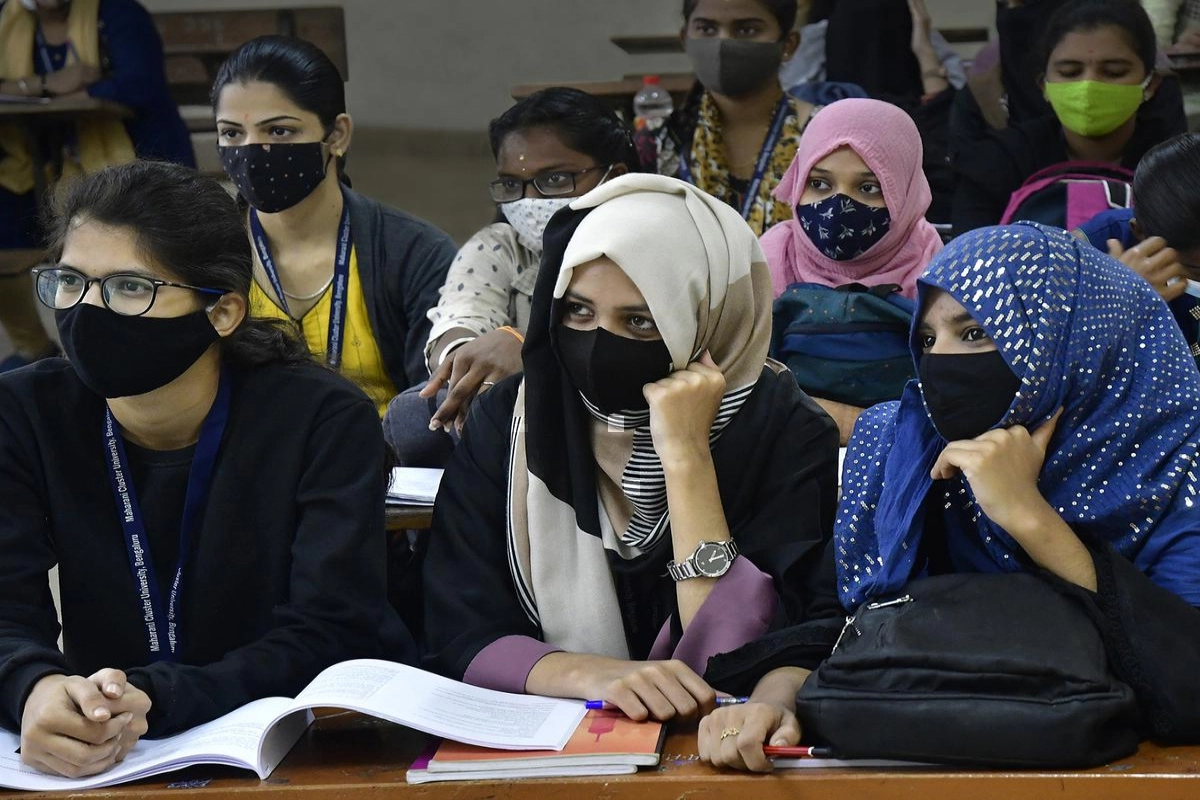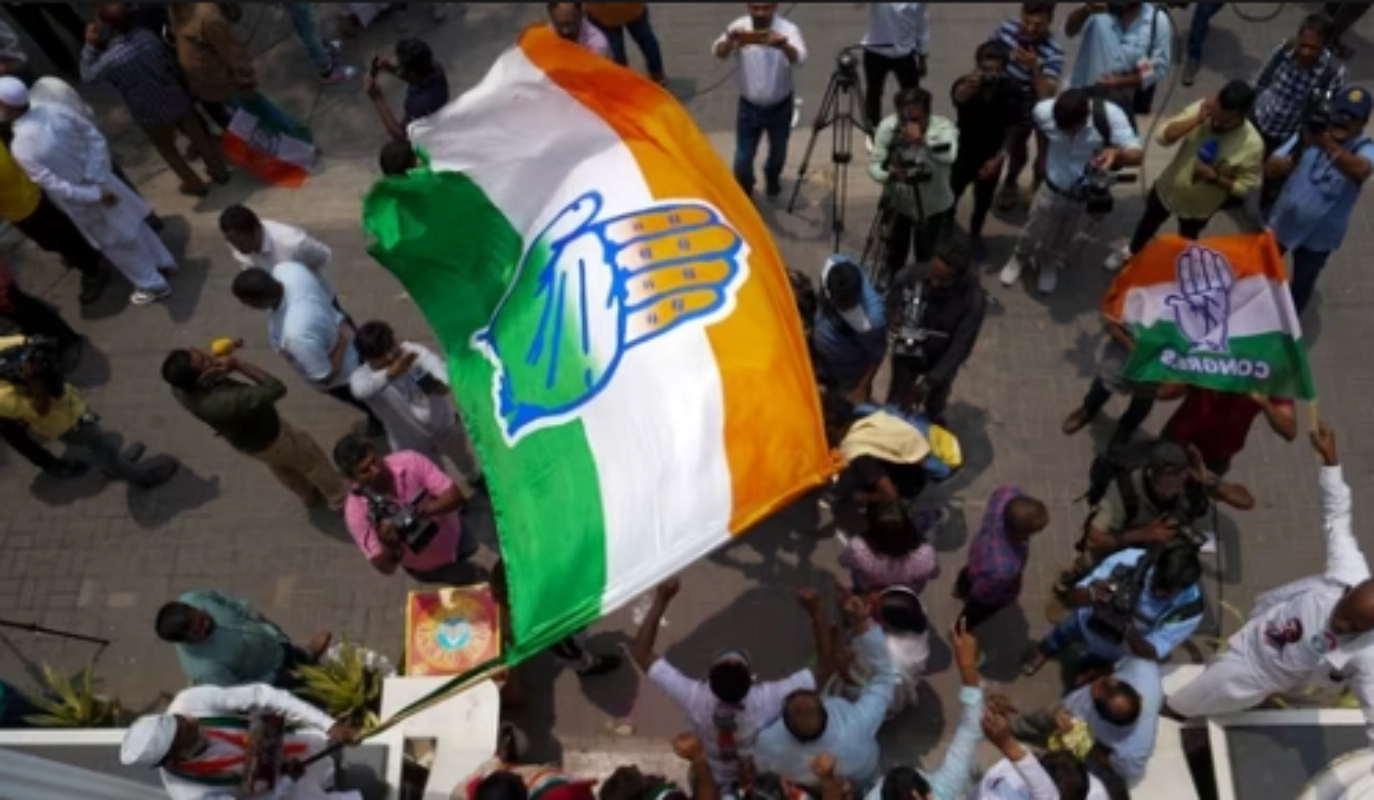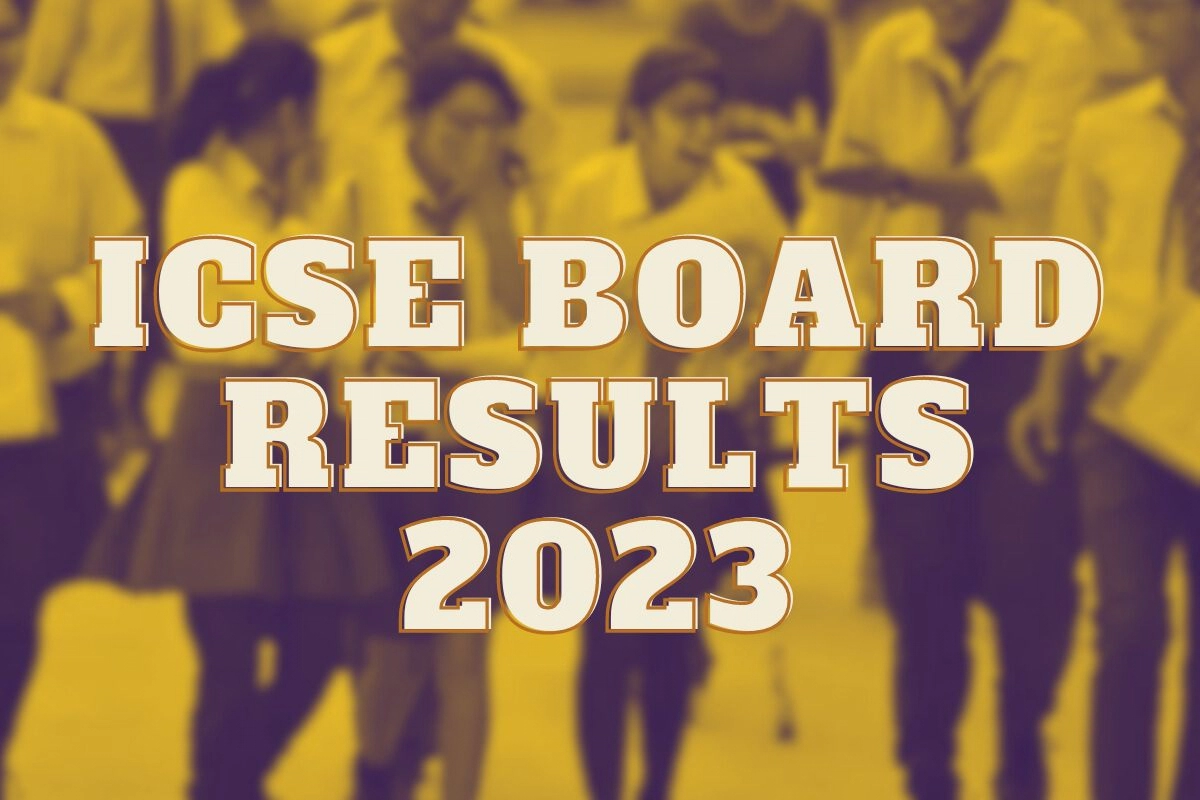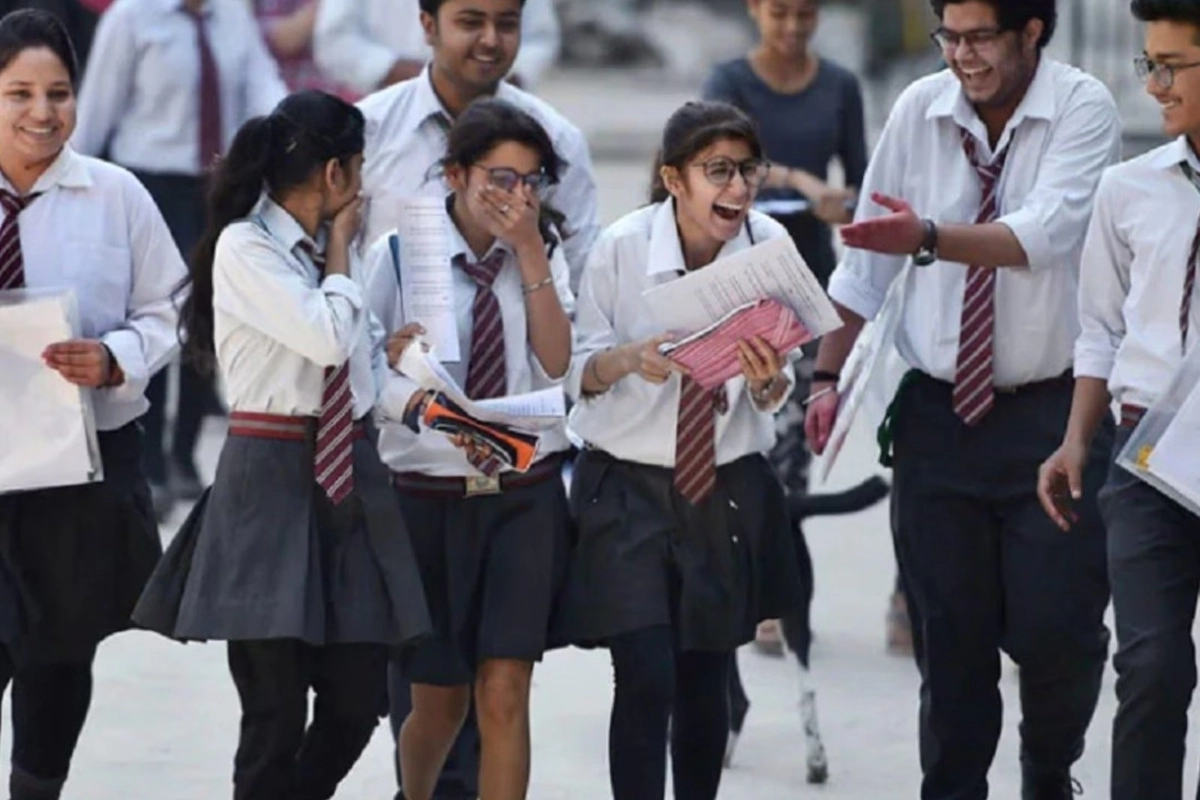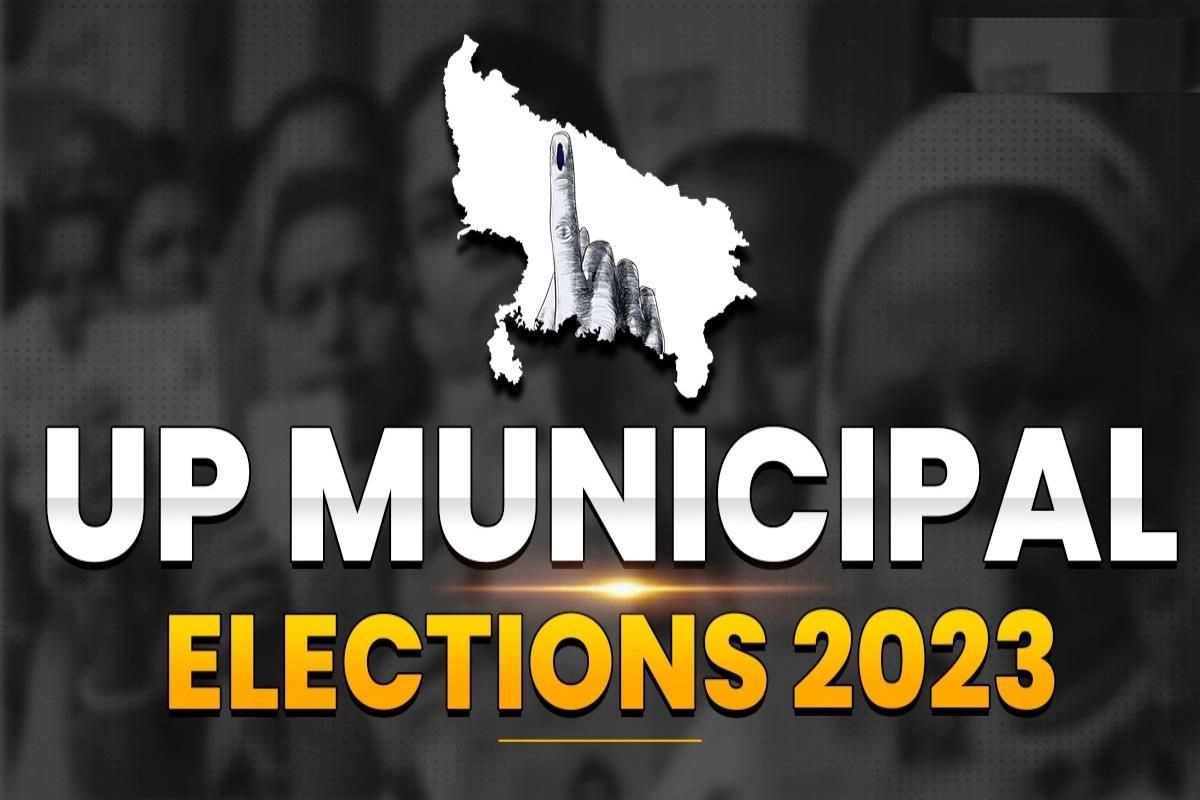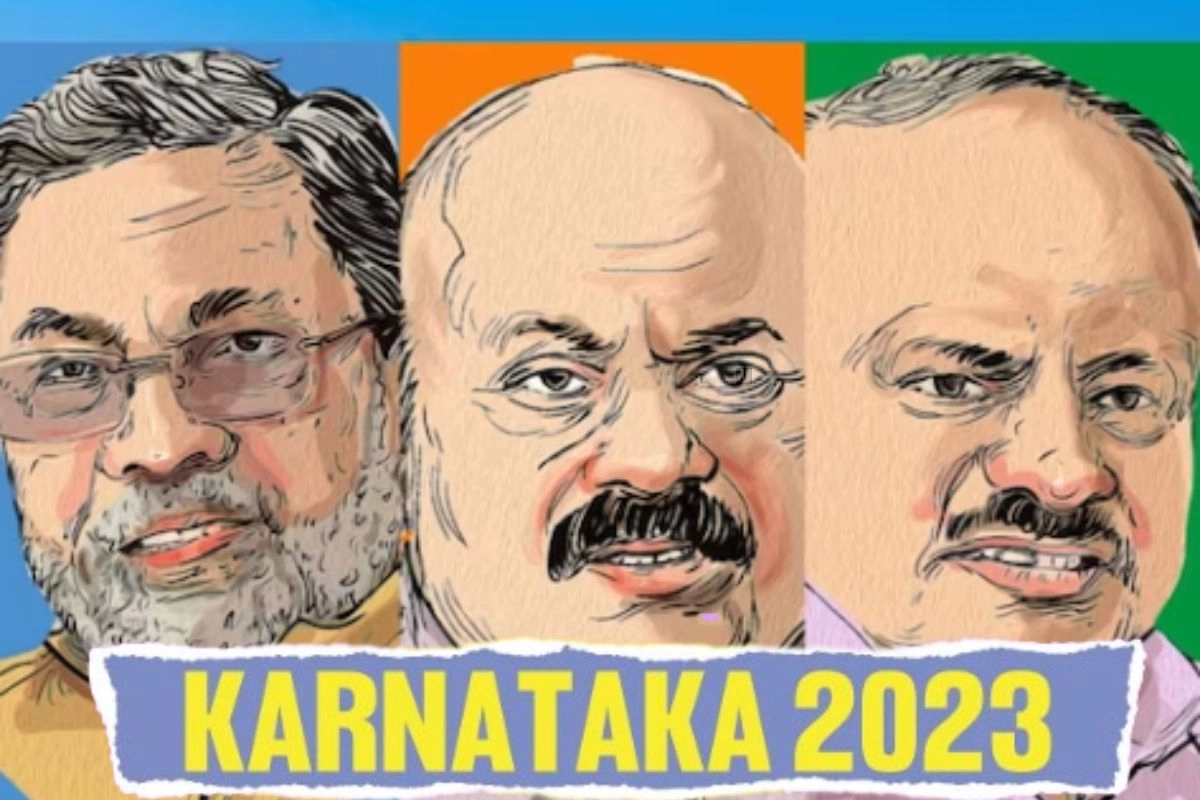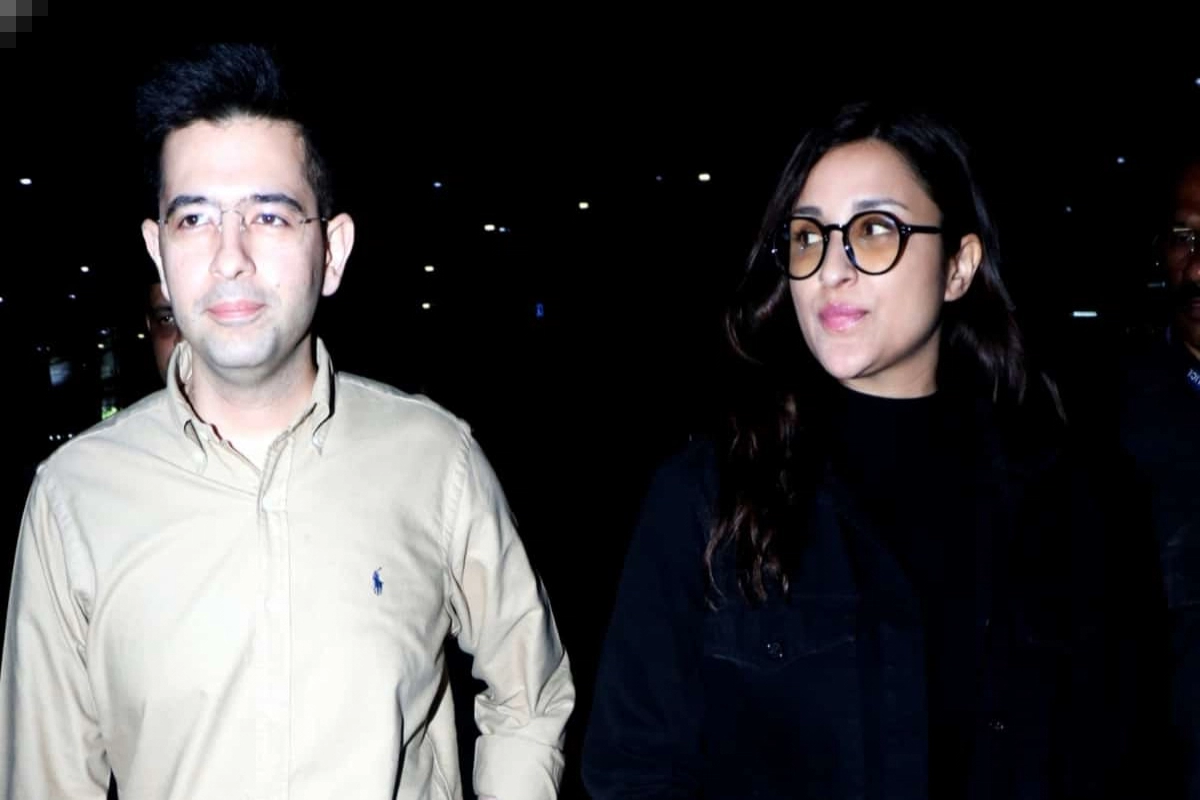New Delhi: Some opposing patterns can be seen in the newly released All India Survey on Higher Education 2020-21. On the one hand, higher education enrollment for Dalits, Adivasis, and OBCs has increased by 4.2%, 11.9%, and 4%, respectively, compared to 2019–20. The upper castes, whose enrollment percentage had been falling since the late 2000s as a result of the implementation of Mandal II, have recovered with the greatest growth rate of 13.6%. On the other hand, the number of Muslim students enrolled decreased during 2019–20 by 1,79,147, or 8%. No group has ever experienced an absolute decline at this rate in the recent past.
Muslim Students See a Sharp Decline in Enrollment
The largest contributor to this overall reduction, UP, accounts for 36% of it. Jammu and Kashmir comes in second with 26%, followed by Maharashtra with 8.5%, Tamil Nadu with 8.1%, Gujarat with 6.1%, Bihar with 5.7%, and Karnataka with 3.7%. Muslims were the only group to see a complete fall in enrollment, with the exception of Tamil Nadu. Smaller states exhibit similar trends, however the states with the highest proportion of Muslims account for the majority of the reduction. For instance, Delhi lost roughly 20% of its Muslim students between 2019–20 and 2020–21, while J&K lost nearly 36%. OBCs make up roughly 36% of all college students, followed by Dalits (14.2%), Adivasis (5.7%), and Muslims (4.6%), who make up about 15% of society. Muslims are the lowest-represented group at 4.6%.
Muslim Student Dropouts in UP Highlight the Need for Positive Discrimination Policies
UP lowers the national average because it is the most populous state. Only 4.5 percent of all students are Muslims, who make up around 20% of the state’s population. From 2019 to 2020, 58,365 Muslim students dropped out on their own in UP, a loss of 16%. If Kerala gives a tale of upward mobility, Uttar Pradesh offers an illustration of the story of Muslims’ increasing deprivation. Not only has enrollment increased positively, but Kerala now leads the nation in the percentage of Muslim youth who are currently enrolled in higher education (43%). The Muslim community has benefited from the state’s long-standing positive discrimination in favour of Muslims by investing in its educational infrastructure. The government should implement positive discrimination in favour of Muslims, as suggested by the Sachar Committee Report and (even more) the Mishra Report, as this has been done successfully in various southern states. The state’s support for Muslims has decreased, on the other hand. The BJP government recently eliminated the sub-quota for Muslims in Karnataka, which constituted 4% of the OBC quota. The Maulana Azad Fellowship, which supports minority students’ pursuit of higher education, has been discontinued by the Ministry of Minority Affairs during the academic years 2022–2023.
Keep watching our YouTube Channel ‘DNP INDIA’. Also, please subscribe and follow us on FACEBOOK, INSTAGRAM, and TWITTER


